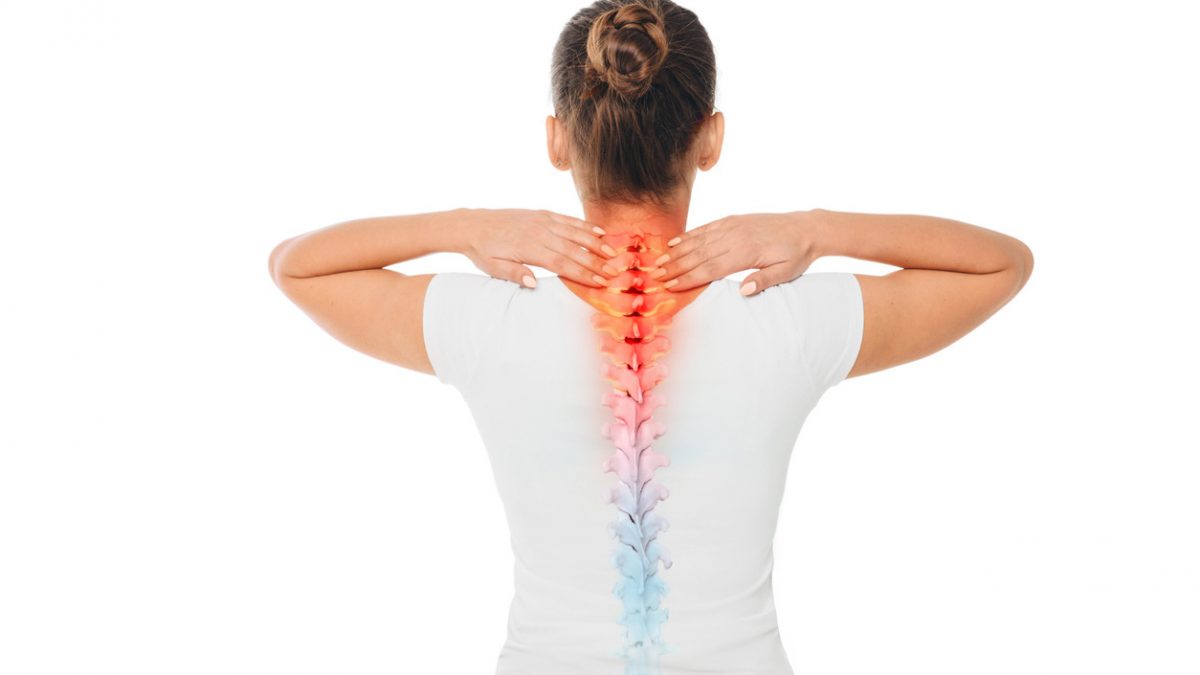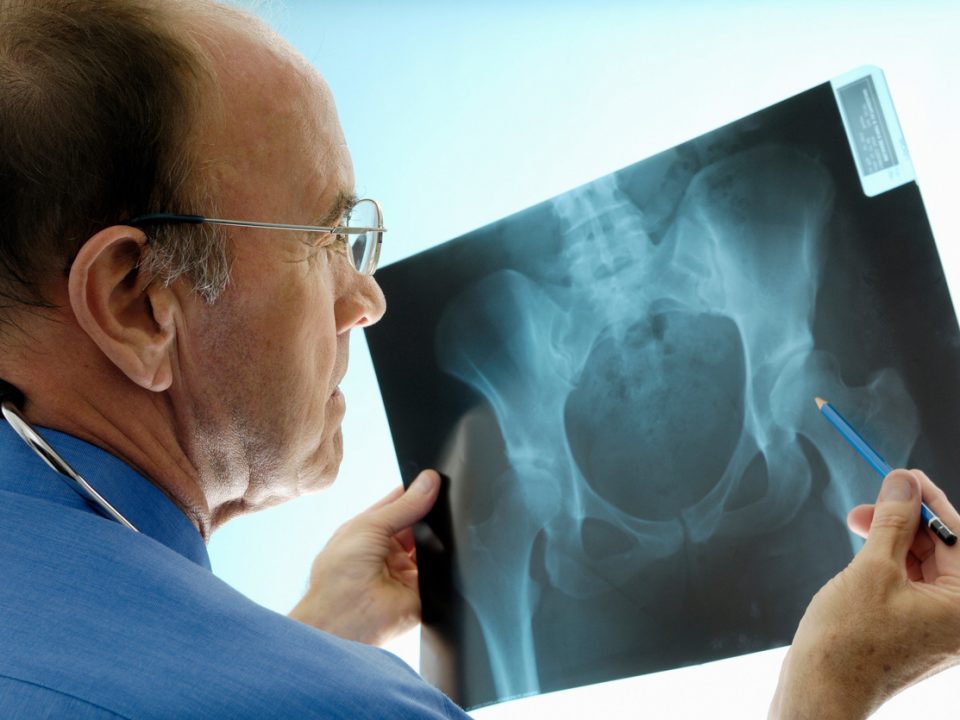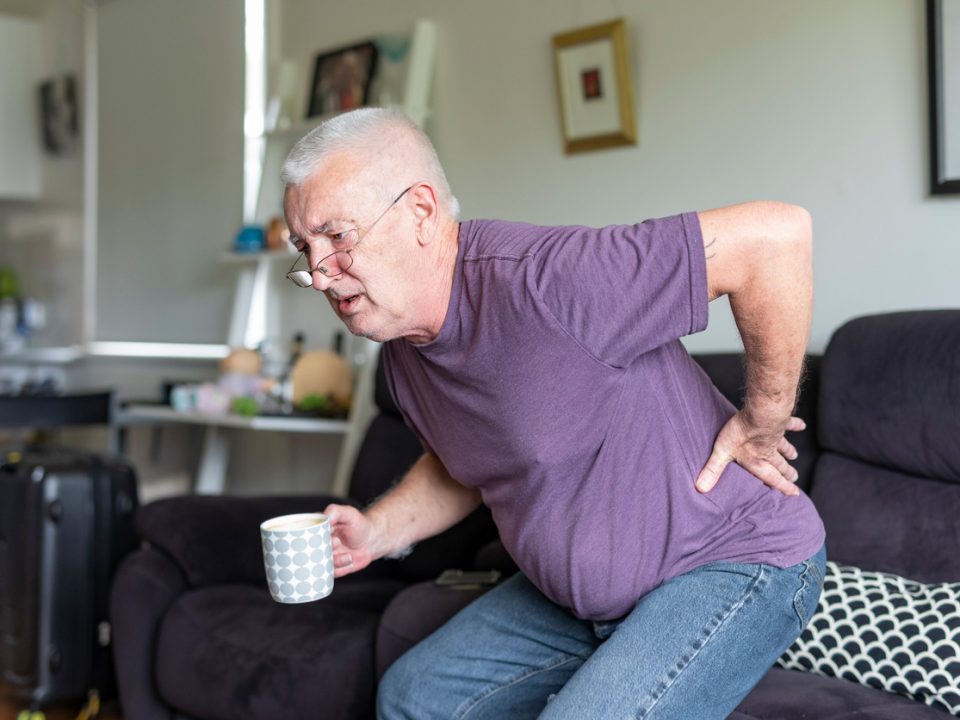- Book an Appointment with the osteopath today: Ashford:
- 01233277077 Dover:
- 01304696069
- info@osteopathicare.co.uk
Role of Osteopathy on Degenerative Disc Disease
The role of osteopathy on degenerative disk disease (DDD). Osteopaths can provide treatment techniques that will help to reduce pain, increase movement, and improve posture. At OsteopathiCare we will provide you with education and exercises that you can do at home and work to benefit your condition.
Degenerative disc disease, despite the name, is not a disease but a deterioration of the discs of the spine. It occurs over a period of time, resulting in neck or back pain and other musculoskeletal and neurological symptoms. It is common in adults in their thirties.
Types of degenerative disc disease
Cervical: affects the neck and is referred to as cervical degenerative disc disease
Lumbar: affects the lower back and is called lumbar degenerative disc disease
The cervical and lumbar regions of the spine are susceptible to damage due to increased movement capabilities. Constant motion over time results in the wear and tear of the discs.
Signs and Symptoms of DDD
Most patients report one or more of the following symptoms:
- Pain is triggered by an activity
- Pain flares up periodically and then settles to a low-grade pain/discomfort
- Sitting or standing for long periods of time worsen the pain
- Activities such as walking may alleviate the pain
- Relief upon changing body position
- Muscle spasms
- Tingling sensations in the extremities
Any activity that triggers pain in the neck or lower back should be ceased immediately. If there is no relief with rest, consult with an osteopath. Early treatment could save you from further damage to the disc, muscles and ligaments.
Management of Degenerative Disc Disease
Osteopathy helps treat the underlying factors such as the instability of the intervertebral joints and the associated inflammation. Your doctor may recommend prescription medication to provide relief. Once the pain is reduced, specific exercises and specialised osteopathic techniques are utilised to achieve lasting relief.
Osteopathic Treatment will involve:
Soft tissue techniques as well as manipulation and stretching to correct the relevant area in the spine to reduce pain.
Exercise: These include stretching, strengthening and low-impact aerobics.
Lifestyle modification: Improved posture and movement patterns reduce stress on the spine. Ergonomically designed chairs can also relieve pressure on the spine.
Self-care including weight management.
Prevention Tips
Poor posture, especially in a sitting position, can cause bone and joint issues over time. If your job is sedentary it is important to:
- Perform stretching exercises at regular intervals.
- Adjust the height of your desk chair and computer to minimise strain on your neck and lower back.
- Invest in footwear to reduce stress on the lower back
Call our clinic without delay if you are at risk of developing DDD. If you, or someone you know, has been diagnosed with DDD, osteopathic treatment is important for recovery.
Osteopathic Treatment includes:
- Treating the symptomatic area as well as the root cause with soft tissue, mobilsation and manipulation techniques.
- Stretching and strengthening
- Postural retraining
- Ergonomic advise
Osteopathy will improve blood circulation to the affected region and reduce pain by facilitating the release of endorphin (pain relief chemicals naturally produced by the body). The long-term goal is to reestablish range of motion over time and assist in recovery.



